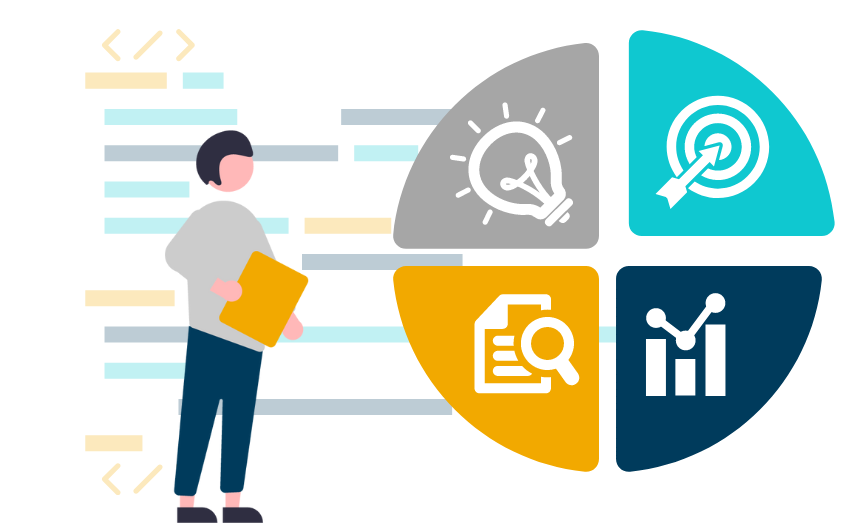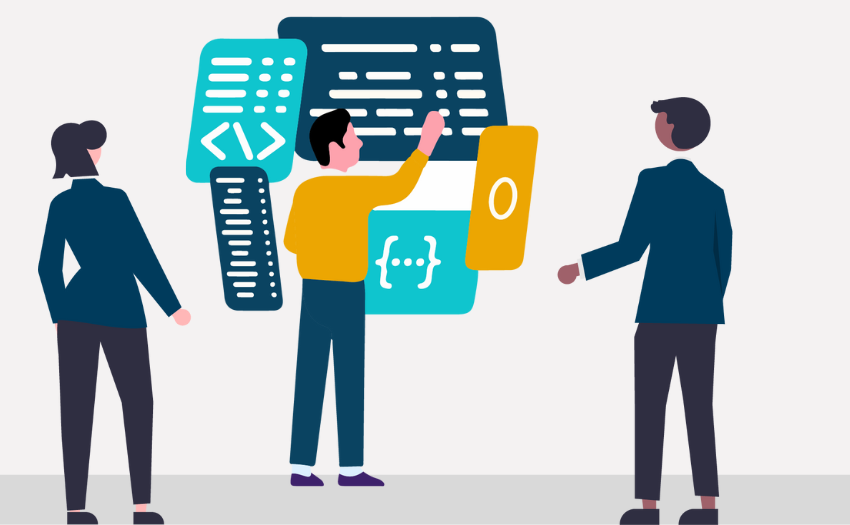In software development, a minimum viable product represents a digital product with just enough features to meet the needs of early users. It contains the core features necessary to complete its marketed function, excluding all non-essential elements.
Agile product development teams aim to release their MVP to customers as soon as possible to incorporate user feedback in the early development phase.
The iterative process relies on collecting anecdotes and learning about customers to improve the core product features before all else–and provides valuable context to add complementary capabilities later.
MVP empowers an efficient agile development process, as product managers can prioritize team initiatives based on core functionality first, ensuring a software solution built with ultimate customer-centricity from top to bottom.
Further, by performing product testing before investing in a full-fledged product, organizations can save significant time and money while utilizing customer insights throughout the creation of the product.
Companies That Leverage MVP in Software Development
Facebook: Facebook was initially released with its core feature as a simple networking website where college students could build basic profiles and connect with other students. Today, Facebook is a top-performing social networking site with many capabilities, including photo sharing, event and business pages, a marketplace, video calling, messaging, and much more.
Dropbox: Dropbox first launched as a digital product for basic file storage and sharing. Based on user stories and feedback, the Dropbox team added features such as document collaboration, device backup, screen recording, and a new AI product in beta called Dash.
Airbnb: It’s hard to imagine, but Airbnb started as a site called ‘airbedandbreakfast.com,’ where three roommates in San Francisco would rent an air mattress in their apartment to make extra money. Today, Airbnb has morphed into a program that travelers worldwide rely on to book accommodations and find local experiences.
MVP Meaning in Business






